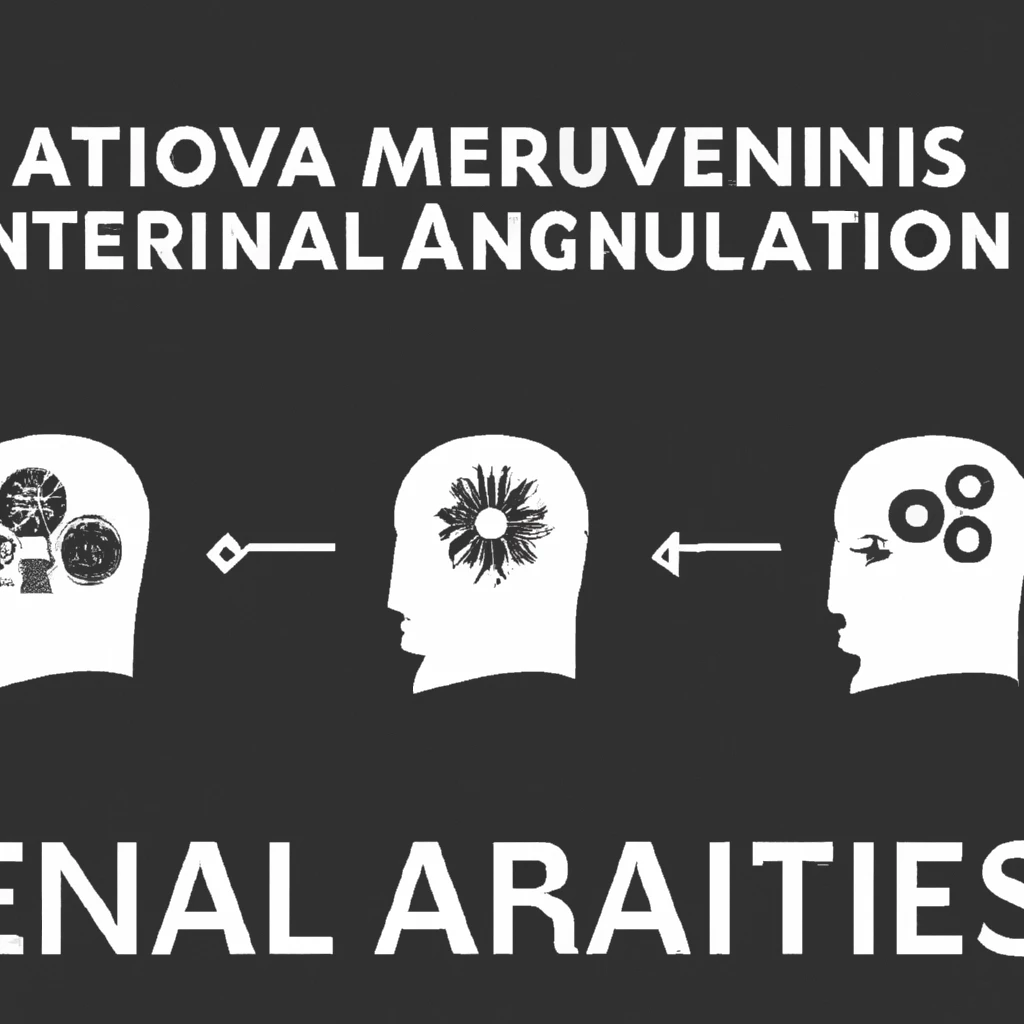What Is Generative AI?
Generative AI is a form of artificial intelligence that creates various types of content like text, audio, video, code, and images. Unlike traditional AI that identifies patterns and makes predictions, generative AI uses machine learning algorithms to produce outputs based on a training data set.
Generative AI can generate content in the same medium it is prompted (e.g., text-to-text) or in different mediums from the given prompts (e.g., text-to-image or image-to-video). Examples of generative AI include ChatGPT, Bard, DALL-E, Midjourney, and DeepMind.
How Does Generative AI Work?
Generative AI operates through machine learning, training models to predict based on data without explicit programming.
By analyzing vast amounts of existing content, generative AI learns patterns in the data set to create new content based on probabilities. Utilizing deep learning neural networks, it can handle complex patterns beyond traditional machine learning capabilities.
These AI models can run on various mechanisms like generative adversarial networks (GANs), transformers, and Variational AutoEncoders (VAEs) to train and create outputs.
Generative AI Interfaces
User-friendly interfaces have made generative AI more accessible, allowing interactions through plain language prompts. This innovation has democratized the use of generative AI across diverse user bases.
Notable examples of generative AI interfaces include:
ChatGPT
ChatGPT, developed by OpenAI, is a text-to-text generative AI chatbot capable of engaging users in natural language conversations and creating text content ranging from poems to recipes.
Released in November 2022, ChatGPT offers a free online version and enterprise solutions.
DALL-E
DALL-E, from OpenAI, is a text-to-image generative AI that generates photorealistic images based on text prompts.
It can also edit images, offering innovative features like Inpainting and Outpainting.
Bard
Bard, a text-to-text AI interface powered by Google’s LaMDA, interacts with users through dialogues and text generation, serving as a companion to Google’s Search.
Publicly released in March 2023, Bard offers answers to questions and text generation based on prompts.
The History of Generative AI
The origins of AI date back to ancient Greece, but modern AI saw emergence in the 1950s with Alan Turing’s work. Neural networks, crucial to generative AI, were developed in 1957, leading to their broad adoption in the 1980s and the advent of generative adversarial networks (GANs) in 2014.
Today, the rise of models like ChatGPT showcases the widespread use and applications of generative AI.
How Is Generative AI Used?
Generative AI’s ability to work across various media enables its use in creative and data-driven applications, promising new opportunities and capabilities yet to be explored.
Generative AI is beneficial across industries, from automating tasks to enhancing workflows and boosting productivity. The technology’s versatility allows for creative outputs and deep data analysis with potential use cases continually expanding.
Current Popular Generative AI Applications
Existing generative AI models find applications in various domains such as:
Language models:
- Translation
- Creative and academic writing
- Code writing
- Genetic sequencing
- Grammatical analysis
Audio and speech models:
- Composing and songwriting
- Dubbing
- Dictation and transcription
- Voice recognition
- Sound editing
Visual and imagery models:
- Illustration
- Infographics
- 3D modeling
- Creative design
- Image editing
- Architectural rendering
Data generating models:
- Creating synthetic data for AI training
Applications by Industry
Various industries employ generative AI in numerous ways, with applications continually evolving as technology progresses:
- Automotive industry: Simulation and training for autonomous vehicles
- Healthcare and scientific research: Protein modeling, drug compound suggestions, medical image analysis
- Media and entertainment: Content generation, creative support
- Climate science and meteorology: Weather forecasting, climate modeling
- Education: E-learning, tutoring, course material creation
- Government: Various use cases in government departments
AI can streamline tasks, enhance workflows, and integrate seamlessly with existing systems across all industries.
The Pros and Cons of Generative AI
Generative AI offers significant benefits but also poses challenges:
Advantages:
- Enhanced productivity and automation
- Lowering barriers to content creation
- In-depth data analysis
- Synthetic data creation
Disadvantages:
- Hallucination: AI errors or nonsensical outputs
- Data labeling reliance: Concerns about data quality control
- Content moderation challenges
- Ethical issues and bias amplification
- Legal, privacy, and regulatory concerns
- Energy consumption implications
Which Industries Can Benefit from Generative AI?
Generative AI can revolutionize operations across various sectors by boosting productivity, enabling new creations, and facilitating complex data analysis. Its applications are diverse, making it a valuable asset in numerous fields.
What Is the Concern Surrounding Generative AI?
Generative AI presents novel challenges due to the evolving landscape of AI regulation and content authentication. Issues such as content verification and the concept of “technological singularity” are under scrutiny, posing significant considerations for the future.
What Are Some Popular Examples of Generative AI?
Leading generative AI interfaces include ChatGPT, Bard, DALL-E, Midjourney, and DeepMind.
What Is Machine Learning?
Machine learning empowers software to make predictions based on data, a fundamental aspect also utilized in generative AI applications.
What Is a Neural Network?
Neural networks function akin to the human brain, decoding complex information to identify patterns and generate content, crucial for the operations of generative AI.
The Bottom Line
Generative AI is a transformative technology with extensive possibilities reshaping industries and user experiences. While advancements have made it more accessible, considerations around legal, ethical, and social implications underscore the need for prudent adoption and continued innovation.
